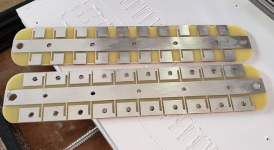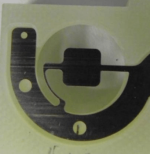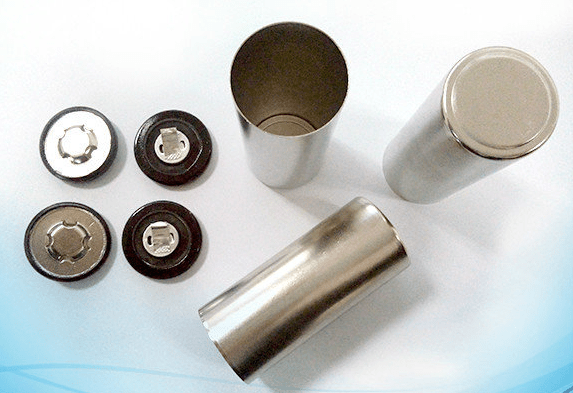If the controller is only rated 20A, it shouldn't be pulling much more than that except for peaks during acceleration or hill climbing, and even those shouldn't be more than a small percentage above that, if the controller is designed and built right.
If it's able to pull a lot more than that, something is wrong with it's design or construction (like wrong parts used, shunt has solder down it's length, MCU programmed wrong, etc), or it doesn't actually do currrent limiting like it should for some other reason.
If its' only pulling 20A or so and still dying, then there's still something wrong, like needing more airflow, or crappy components in it, etc.
If the motors are getting hot they could fail by having hall sensors die, or by having windings burn up, gears melt (if they're geared types). Heat usually means putting too much current thru them under load, which means either too big a controller for them or too much load for the motor for too long, whcih can also mean wrong gearing (including wheel size) for the load and speed they're runningg at.
If they're failing for some other reason than heat, then that's probably a quality issue in manufacturingg, or a motor that's simply not built to take the torque/etc they'rre being used for.
If it's able to pull a lot more than that, something is wrong with it's design or construction (like wrong parts used, shunt has solder down it's length, MCU programmed wrong, etc), or it doesn't actually do currrent limiting like it should for some other reason.
If its' only pulling 20A or so and still dying, then there's still something wrong, like needing more airflow, or crappy components in it, etc.
If the motors are getting hot they could fail by having hall sensors die, or by having windings burn up, gears melt (if they're geared types). Heat usually means putting too much current thru them under load, which means either too big a controller for them or too much load for the motor for too long, whcih can also mean wrong gearing (including wheel size) for the load and speed they're runningg at.
If they're failing for some other reason than heat, then that's probably a quality issue in manufacturingg, or a motor that's simply not built to take the torque/etc they'rre being used for.




